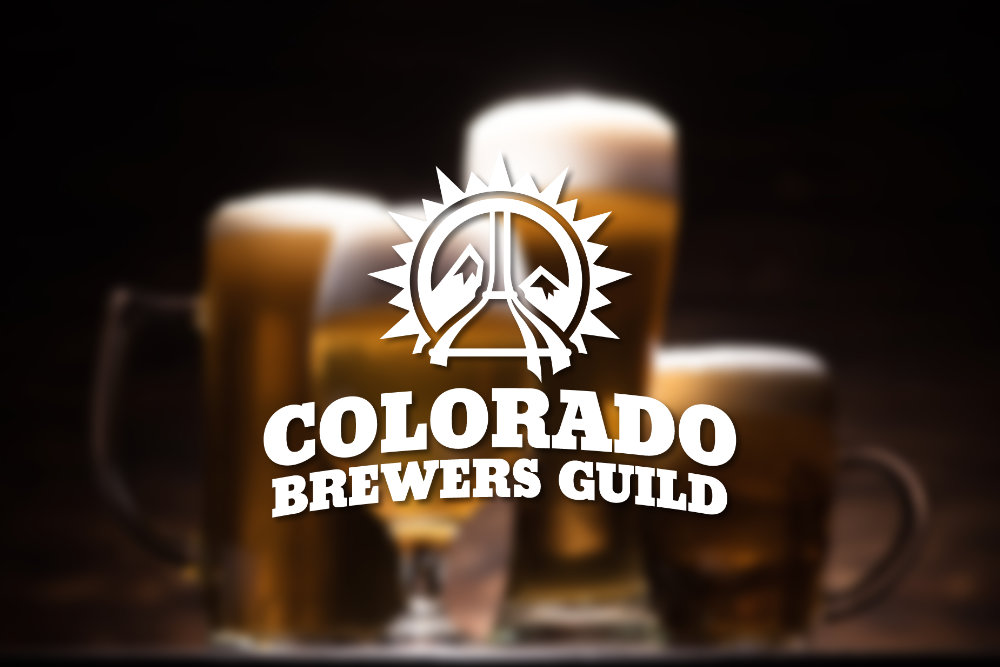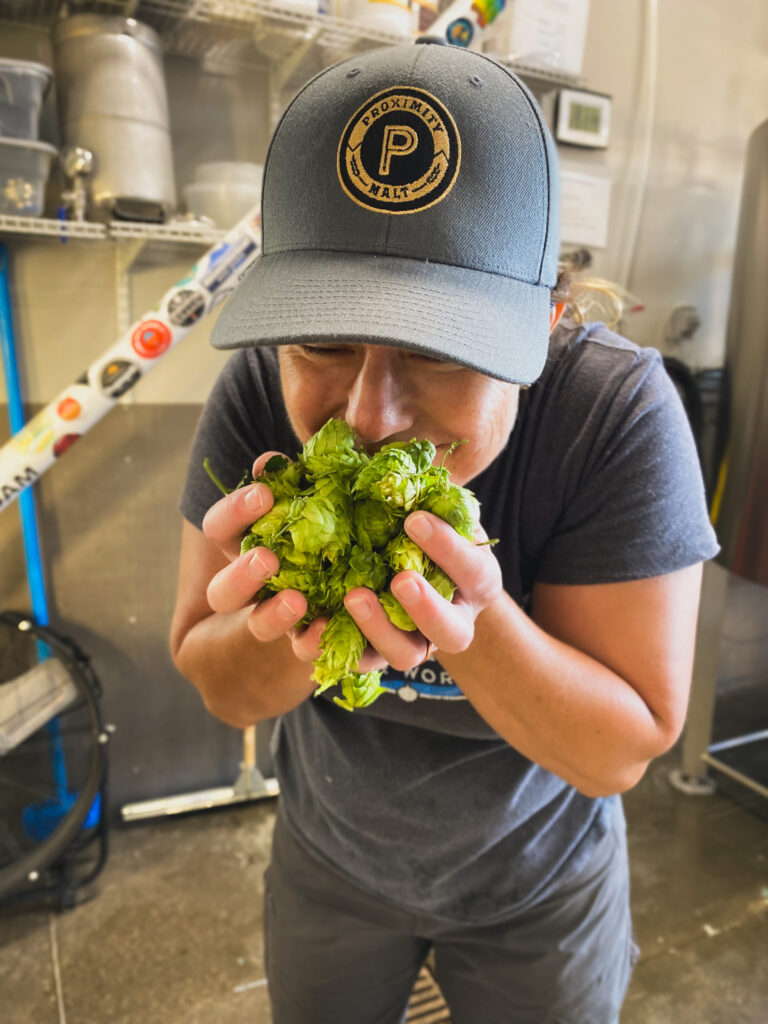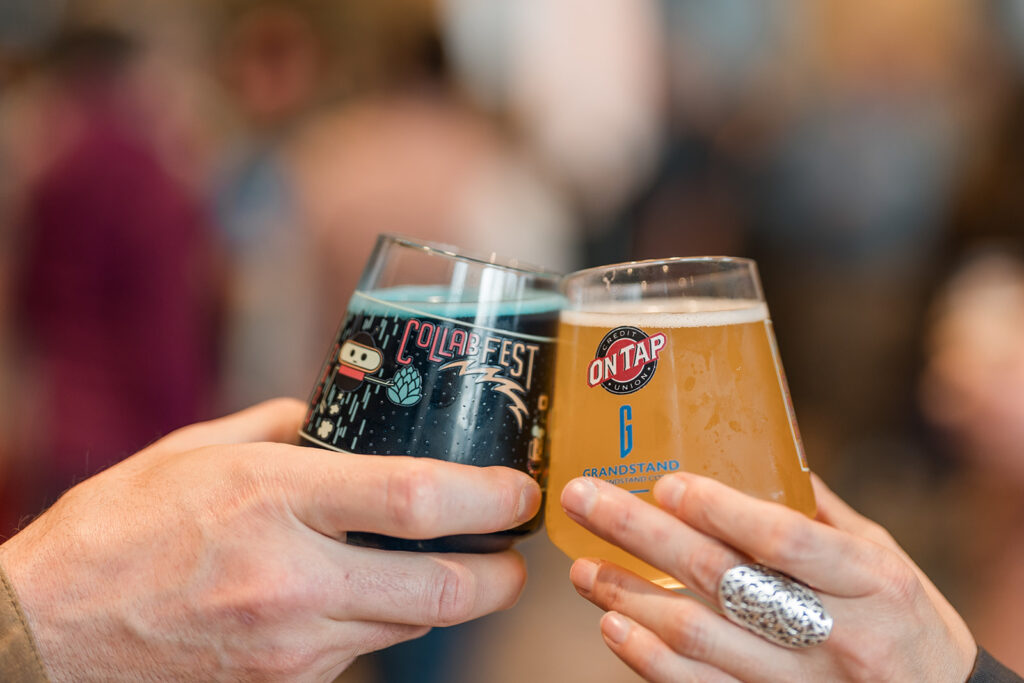Written by Alan Windhausen, Head Brewer, Holidaily Brewing Co.
Background
With the rise of ‘lifestyle beers’ and hard seltzers, as well as an increasing awareness of food allergies
and intolerances, gluten in beer is coming under increased scrutiny. This article will briefly address the
labeling and production requirements of serious concern, not only for the brewer but also for the safety
and well-being of the end consumer! The end goal for the article to educate brewers on how to maintain
the safety and trust of an at-risk consumer population.
Let’s start with some background. Gluten is a generic name for several hundred related proteins. The
immune reaction to gluten and its related peptides is variable. Some people have allergic reactions to
specific individual proteins (e.g. wheat or barley allergies); some people have an inability to process the
proteins (e.g. gluten intolerance or sensitivity); some people’s intestines become overly permeable
(‘leaky’) in the presence of gluten (e.g. Graves Disease or Hashimoto’s Disease); and some people have a
serious autoimmune reaction to gluten that can lead to attacks on the cilia in the intestine (e.g. Celiac
Disease).
So what ingredients are of concern? Gluten-free ingredients in beer naturally include water and hops –
yay! Yeast is often raised on barley- and wheat-based media, so yeast must be prepared in separate
setup with non-glutenous material and be tested upon receipt to determine gluten-free claims.
Understandably, grains are the major area of concern. Grains that contain gluten proteins are Barley,
Wheat, and Rye, but Oats often test positive due to cross-contamination or certain gluten-adjacent
proteins (also, some persons with celiac react to related proteins in oats). Naturally Gluten-free
ingredients include quinoa, millet, sorghum, buckwheat, rice, beet and cane sugar, among others.
Several brewing adjuncts and additives are not gluten-free, so care and testing must be taken when
ordering and receiving. Additionally, any gluten-free ingredient that becomes cross-contaminated may
no longer be considered gluten-free.
Process
The only way to ensure a beer is truly Gluten-Free is to brew with 100% gluten-free ingredients
(including yeast!) on dedicated Gluten-Free equipment. There are about 15 such breweries in the US
currently, with more on the way. If the entire production facility is entirely gluten-free and has food-
safety protocols in place to prevent cross-contamination, the facility may be labelled as “Dedicated
Gluten-Free.” Dedicated Gluten-Free labels are not regulated differently than ‘Gluten-Free’ labels from a
federal standpoint, but it is known among gluten-free consumers that dedicated gluten-free facilites
present the lowest possible risk of cross-contamination with gluten-containing ingredients.
Any ingredient used in the brewing process may be cross-contaminated with gluten, at the brewery or
upon receipt. On the production floor, equipment must go through extensive cleaning to ensure gluten
safety, all equipment should be tested for gluten prior to use, materials should be stored separately, and
all ingredients at risk of contamination or cross-contamination must be tested prior to use – again, it is
impossible to ascertain gluten content post fermentation. Soft parts like hoses and gaskets would ideally
not be used for both gluten-containing and gluten-free production – that includes kegs and tap lines.
Same thing with any grain processing or handling equipment – you just can’t clean an auger or mill to
adequate levels. A good measure is to treat gluten like Brettanomyces or Diastaticus – if you would not
be comfortable running your flagship on piece of equipment that might have one of those
contaminations, don’t brew a gluten-free beer on that equipment following a gluten-containing beer!
Beer that is brewed with gluten-containing ingredients cannot claim to be specifically “Gluten Free”.
Conversely, beer that has no gluten-containing ingredients at all can be labeled Gluten-Free, even if
there is a risk of cross-contamination in the environment. However, from a consumer health and
labelling perspective, it would be best practice to acknowledge the risk of cross-contamination (e.g.
‘brewed and packaged using shared equipment with gluten-containing beers’). Strict controls should be
in place to reduce the risk of cross-contamination as well. By being absolutely transparent with these
risks, consumers can then decide the acceptable level of risk for themselves – a lack of transparency
hurts both consumer confidence and consumer safety.
The Grey Area
Considering these labelling requirements and the need to notify the consumer of the potential for the
product to cause a reaction, many ‘gluten-reduced’ products fall into a dubious grey area. If any gluten-
containing ingredients (e.g. liquid yeast, re-pitched yeast from barley beer, barley maltodextrin, barley,
rye, etc.) are used in the production process, and then are enzymatically digested, the product can only
be labeled as Gluten-Reduced (or gluten-removed), provided an additional consumer warning is also
present. It is important to note that this may change! The FDA (Food and Drug Administration) has taken
a harder stance in their most recent ruling, which the TTB (Alcohol and Tobacco Tax and Trade Bureau)
largely agreed with in their TTB Ruling No. 2020-2, specifically stating that there is no known test to
accurately measure gluten in finished beer. The current ruling from the TTB is that beers using these
enzymatic processes must include the following language on menus, advertising, and packaging:
“Product fermented from grains containing gluten and [processed or treated or crafted] to remove
gluten. The gluten content of this product cannot be verified, and this product may contain gluten.”
(Full ruling – https://www.ttb.gov/rulings/r2020-2)
A note on testing. Testing for gluten in beer is difficult because it is impossible to ascertain gluten
content post fermentation. The FDA and TTB know this fact and have ruled as such. Ingredients must be
tested individually before being used. The TTB notes that if any gluten-containing ingredients have been
used, they require that the product be labeled to make clear that the gluten content cannot be
determined. It is illegal to sell gluten-reduced beer without this label. Testing may be done by several
brands of test strips in-house, or any sample may be sent to a lab for testing, but the approved methods
fall far short of food-safety goals and are likely to be changed. Experiments have shown they are
ineffective, while mass-spectroscopy is effective but currently unapproved.








